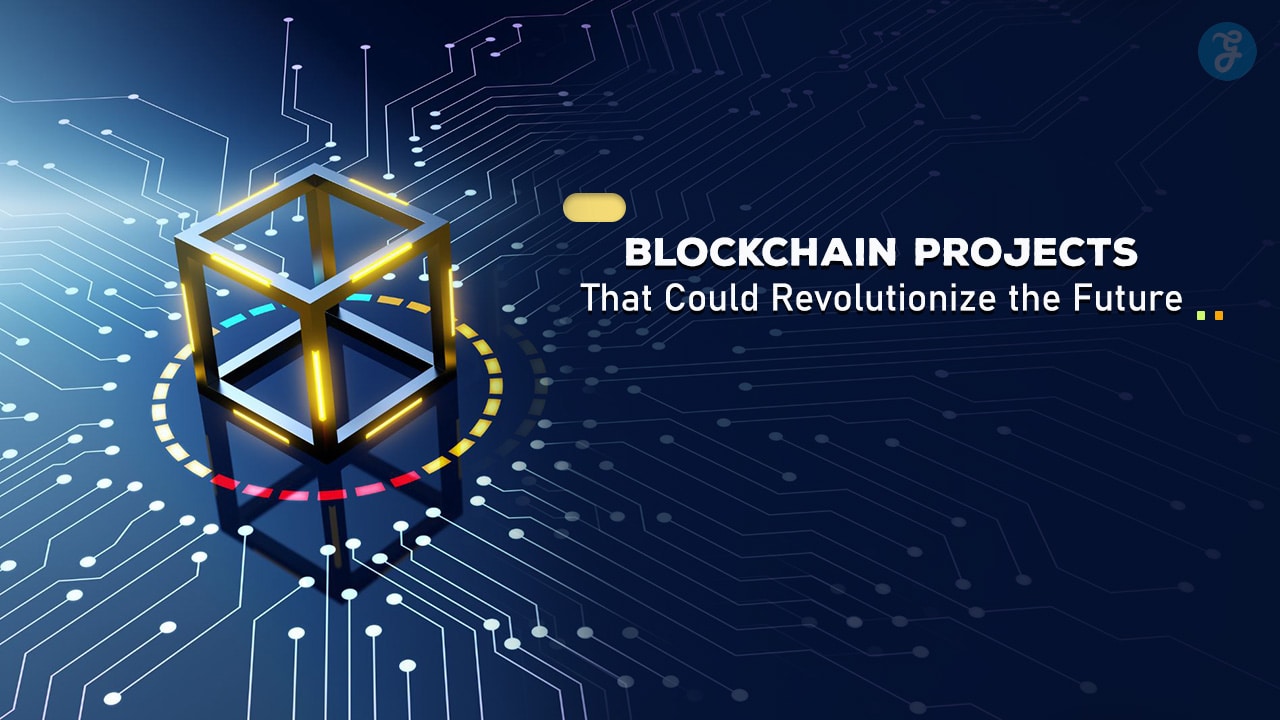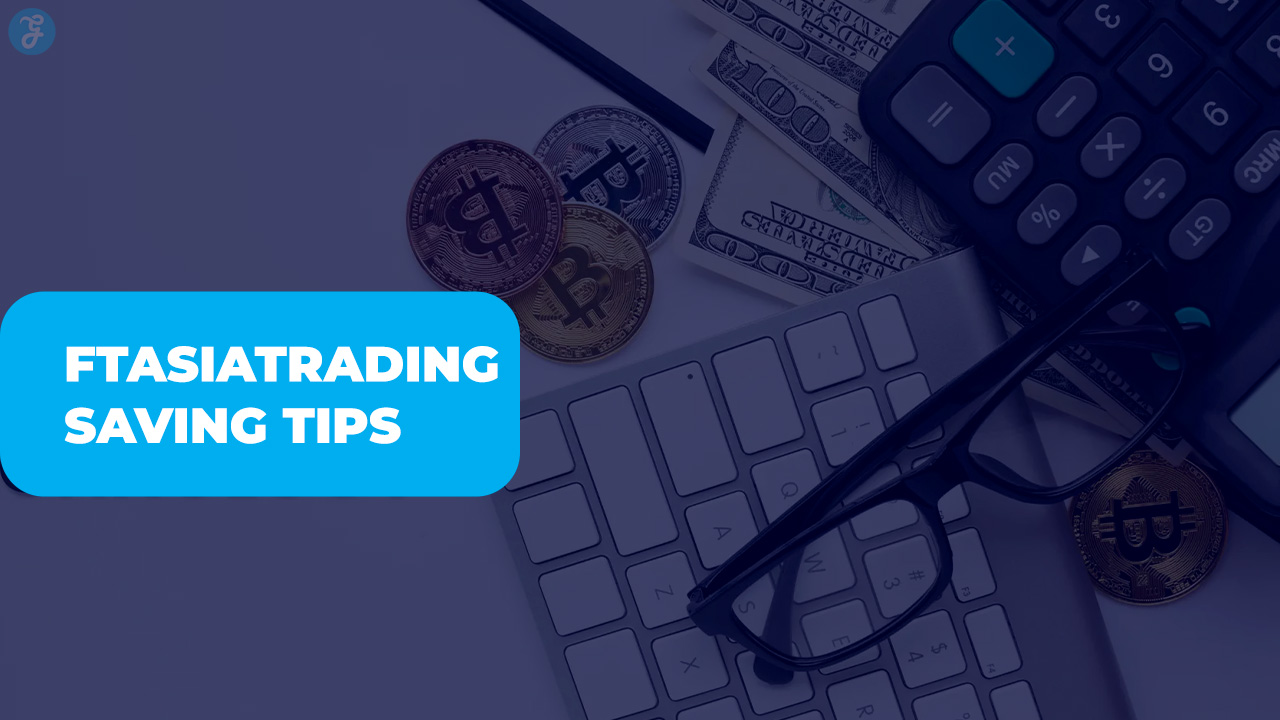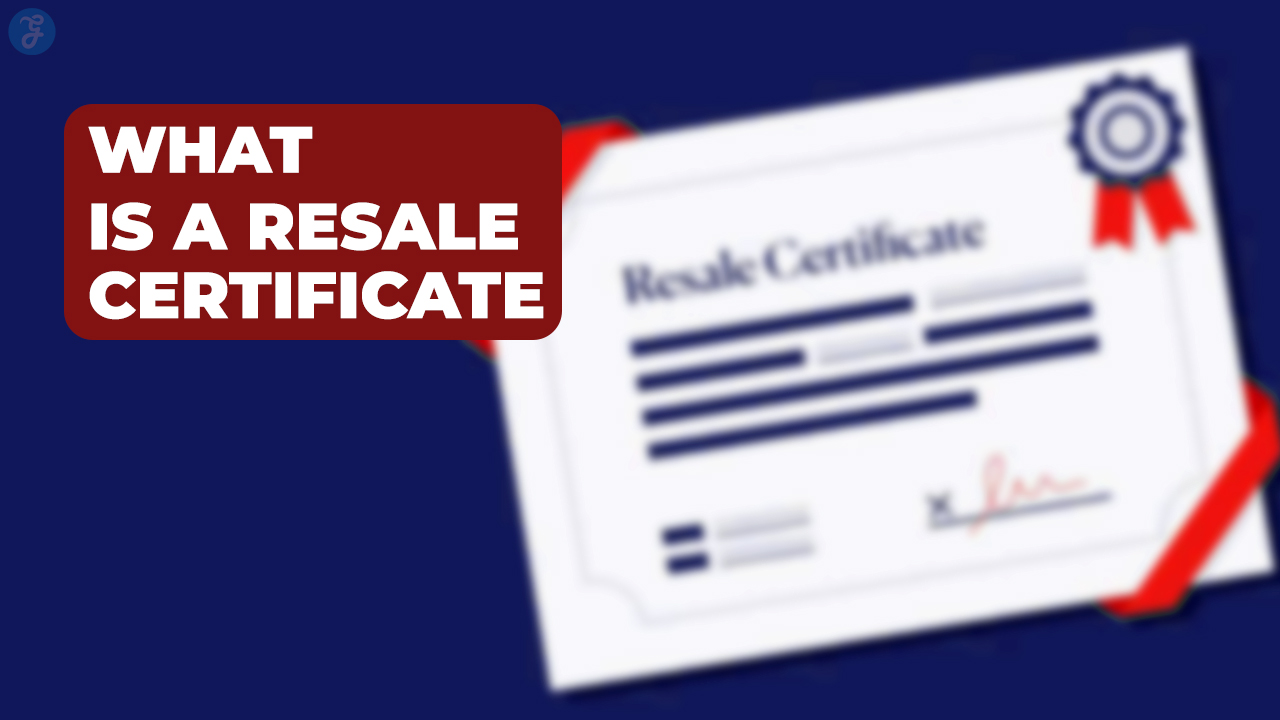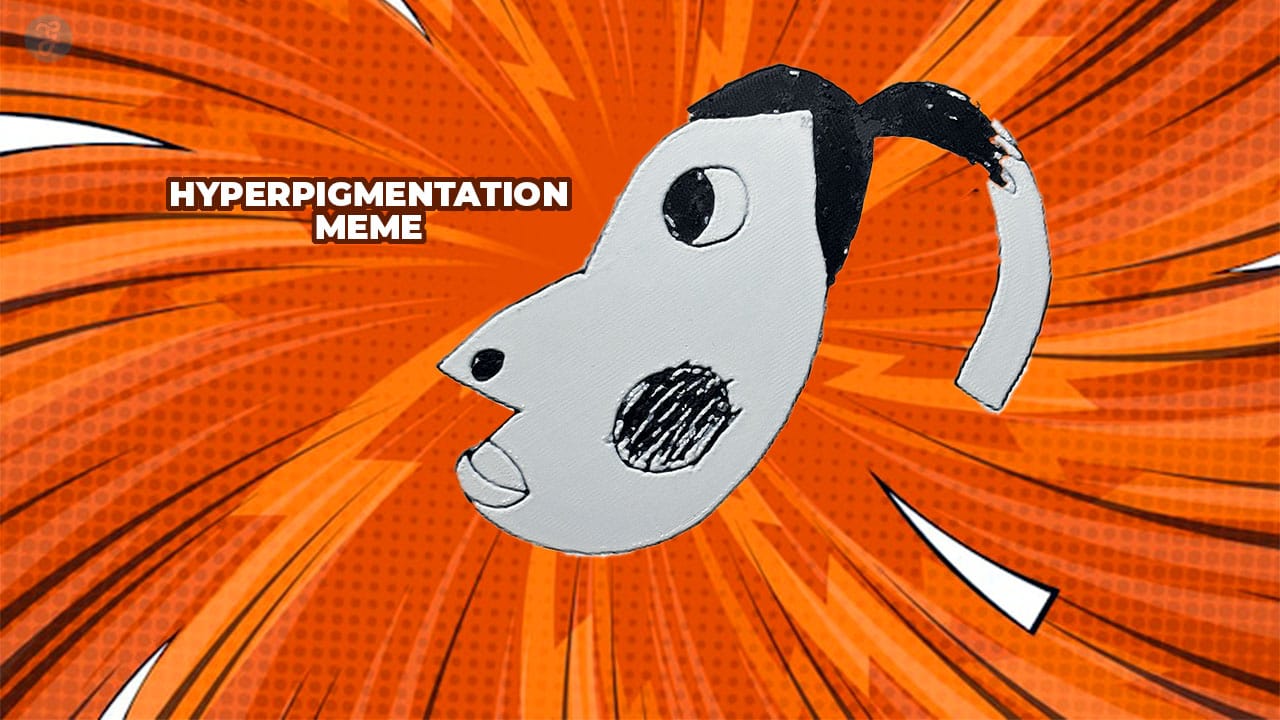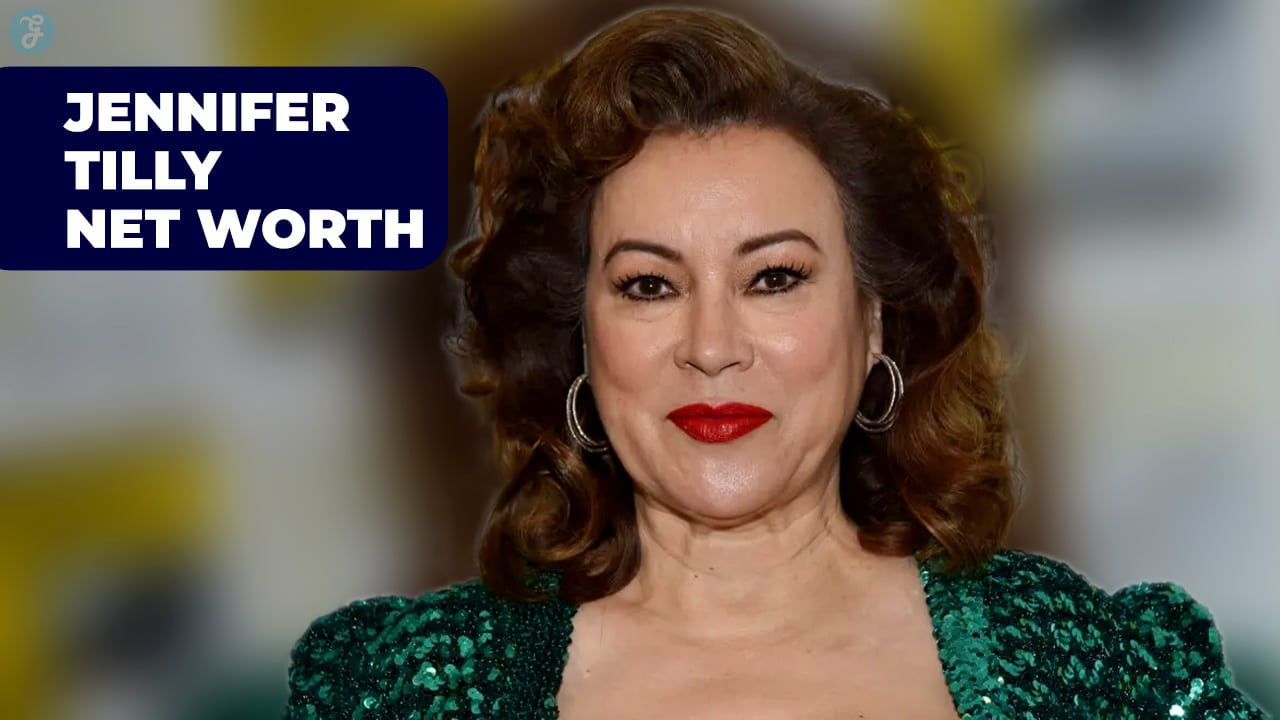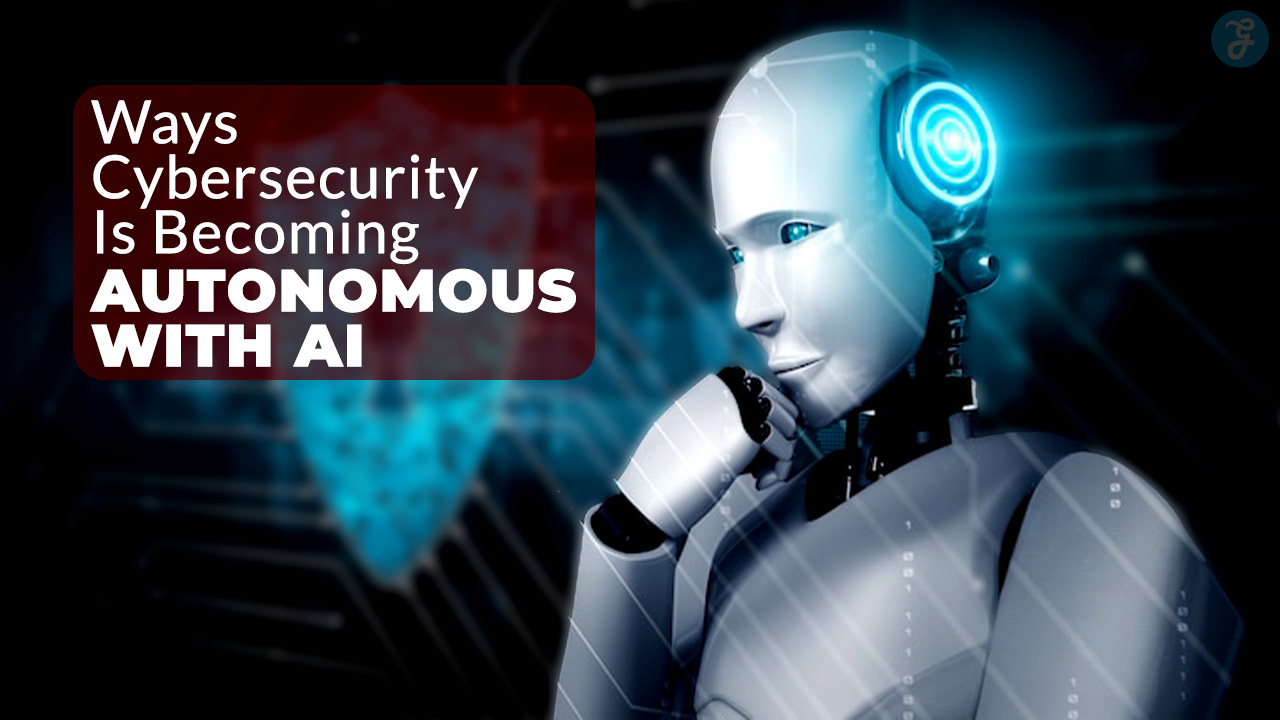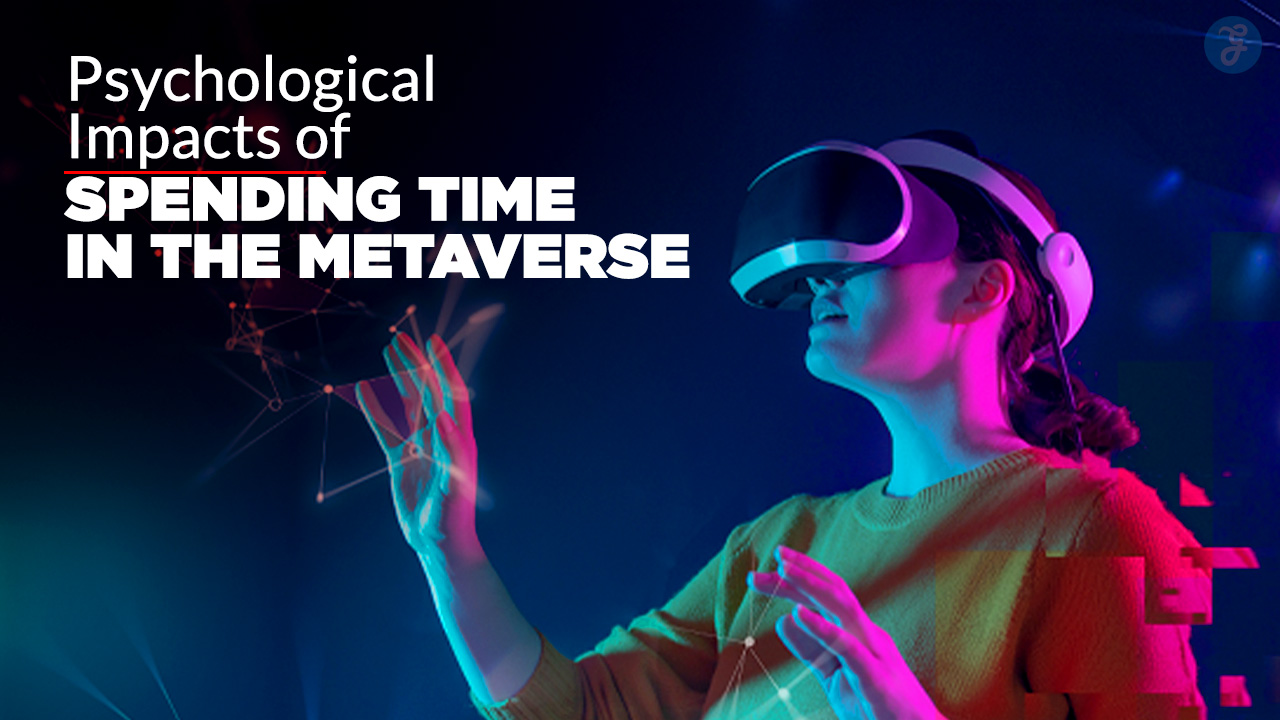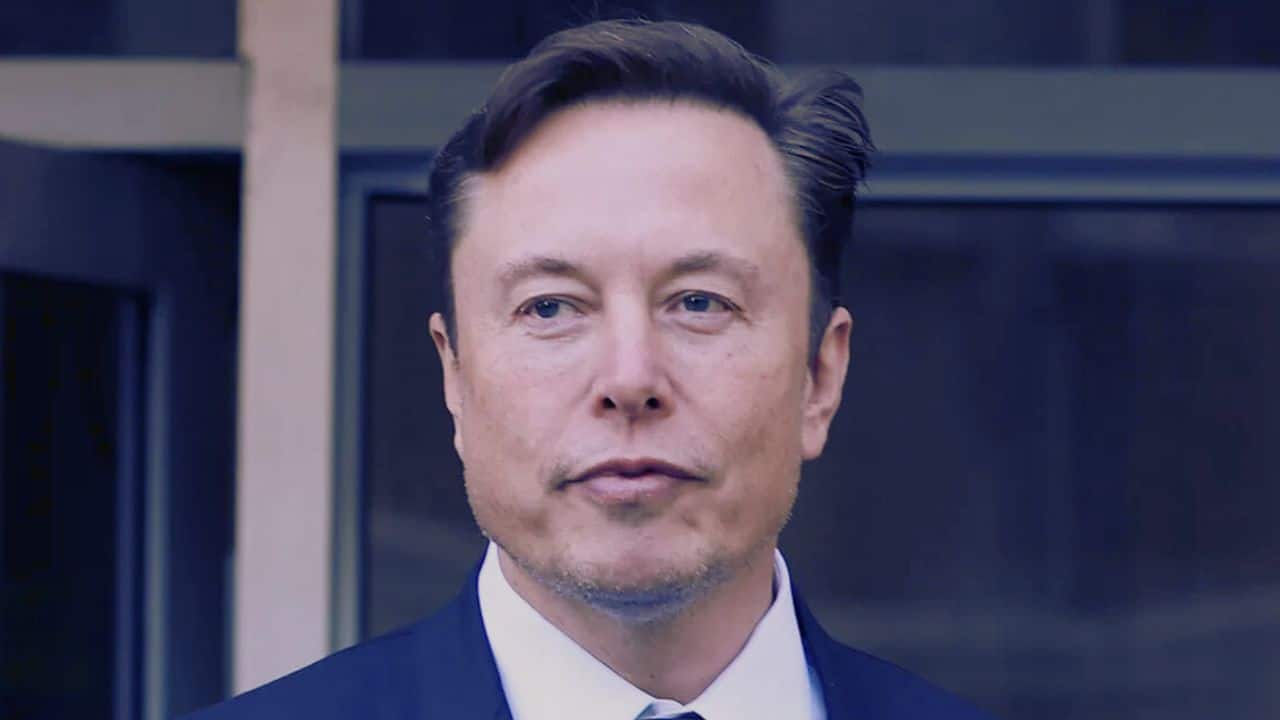Blockchain technology is rapidly evolving, with projects emerging to disrupt traditional industries and introduce innovative solutions.
By utilizing decentralized, transparent, and secure systems, blockchain projects have the potential to redefine the way we interact with data, finance, and even healthcare.
In this article, we’ll dive into ten blockchain projects that are setting the stage for a transformative future. Let’s explore how these projects could shape tomorrow’s world.
Understanding the Potential of Blockchain Technology
Blockchain, at its core, is a decentralized ledger that records transactions across a network of computers.
Unlike traditional systems that rely on a single authority, blockchain operates on peer-to-peer networks that ensure data integrity and transparency.
This powerful infrastructure has applications across multiple sectors, offering solutions for issues like security, transparency, and efficiency.
By examining these revolutionary blockchain projects, we can glimpse the possibilities this technology holds for our future.
10 Blockchain Projects That Could Revolutionize the Future
1. Ethereum (ETH): Pioneering Decentralized Applications
As one of the most well-known blockchain projects, Ethereum has redefined the possibilities of decentralized applications (dApps) and smart contracts.
This open-source platform enables developers to build and deploy their own dApps on a global network.
- Smart Contracts
Ethereum introduced the concept of smart contracts, which are self-executing agreements with terms written directly into code. These contracts eliminate the need for intermediaries, making transactions faster, cheaper, and more secure. - Ethereum 2.0
With the Ethereum 2.0 upgrade, the network is transitioning from proof-of-work to proof-of-stake, reducing energy consumption significantly and enhancing scalability. This upgrade makes Ethereum an eco-friendly platform and ensures its competitiveness in the fast-evolving blockchain space. - Developer Ecosystem
Ethereum’s robust community supports thousands of developers, fostering an environment ripe for innovation. From DeFi (Decentralized Finance) to NFTs (Non-Fungible Tokens), Ethereum remains at the forefront of blockchain applications.
2. Polkadot (DOT): Connecting Multiple Blockchains
Polkadot is designed to enable interoperability between different blockchains, creating a more connected and unified ecosystem.
It allows for seamless communication across diverse blockchains, ensuring data and assets move freely between systems.
- Interoperability
Polkadot’s unique relay chain and parachain architecture allow various blockchains to interact and transfer data effortlessly. This interoperability is crucial for creating cross-chain applications that can leverage the strengths of multiple blockchains. - Shared Security
By providing shared security among connected chains, Polkadot ensures a higher level of protection without compromising decentralization. This makes it ideal for both public and private blockchains. - Developer-Friendly
Polkadot’s Substrate framework allows developers to create custom blockchains easily. This accessibility drives more innovation and could lead to a wave of specialized blockchains tailored for different industries.
3. Cardano (ADA): Advancing Blockchain with Scientific Research
Cardano is a blockchain platform developed through a research-based approach, prioritizing security, scalability, and sustainability.
Known for its commitment to peer-reviewed research, Cardano has established itself as one of the most reliable blockchain platforms.
- Ouroboros Consensus Protocol
Cardano’s Ouroboros protocol is a proof-of-stake mechanism that offers energy efficiency while maintaining security. This innovative approach reduces the environmental impact of blockchain technology. - Decentralized Finance (DeFi)
Cardano is actively developing DeFi applications, aiming to offer financial services to unbanked populations worldwide. This inclusivity is part of Cardano’s mission to drive social and economic progress. - Long-Term Sustainability
Cardano’s structured approach and research-driven philosophy make it a stable platform for developing large-scale, reliable applications. Its unique governance model empowers ADA holders to participate in decision-making.
4. Chainlink (LINK): Bridging the Gap Between Blockchain and Real-World Data
Chainlink provides decentralized Oracle solutions that connect smart contracts with real-world data, making it one of the most essential tools for DeFi applications.
Oracles are crucial as they enable blockchain systems to interact with data outside their networks.
- Data Oracles
Chainlink’s oracles retrieve and verify external data, enabling smart contracts to execute based on real-time information like stock prices, weather data, or sports results. - Decentralized Data Providers
By decentralizing data providers, Chainlink ensures data integrity and prevents tampering, making it ideal for high-stakes applications in finance, insurance, and beyond. - Wide Adoption
Chainlink’s technology is widely adopted in DeFi projects, making it a key player in the blockchain space. Its compatibility with various blockchains adds to its versatility and potential.
5. VeChain (VET): Enhancing Supply Chain Transparency
VeChain is a blockchain platform designed to improve supply chain management and business processes.
By using blockchain to ensure data transparency and integrity, VeChain provides solutions that benefit businesses and consumers alike.
- Product Authenticity
VeChain’s tracking solutions allow companies to trace their products from production to delivery, reducing counterfeiting and ensuring authenticity. This is particularly valuable in industries like luxury goods, pharmaceuticals, and food. - Internet of Things (IoT) Integration
VeChain integrates with IoT devices, providing real-time data on products’ status, location, and conditions. This enables businesses to optimize their logistics and reduce losses. - Sustainability
VeChain’s blockchain can verify sustainable sourcing and ethical practices, aligning with the growing demand for transparency in sustainability.
6. Filecoin (FIL): Revolutionizing Decentralized Storage
Filecoin is a decentralized storage network that offers users control over their data by eliminating reliance on centralized cloud providers.
This innovative project is reshaping the data storage landscape by providing more privacy and ownership to individuals.
- Decentralized Storage
Unlike traditional cloud storage, Filecoin’s network is powered by a global network of computers, making it resilient against data breaches and outages. - Incentivized Model
Filecoin uses an incentivized model where users earn rewards for sharing storage space, creating a vast and distributed storage ecosystem. - Privacy and Security
With its decentralized nature, Filecoin provides enhanced security, ensuring that data remains encrypted and protected from tampering or unauthorized access.
7. Stellar (XLM): Enabling Fast, Low-Cost Cross-Border Payments
Stellar is a blockchain project focused on facilitating fast and affordable cross-border payments.
Designed for individuals and businesses alike, Stellar aims to make money transfers as simple as sending an email.
- Cross-Border Transactions
Stellar’s protocol enables near-instantaneous international payments with minimal fees, making it a popular choice for remittances and microtransactions. - Tokenization of Assets
Stellar allows users to create digital representations of any asset, enabling users to transfer a wide range of value on its blockchain, from currency to stocks. - Partnerships
Stellar’s partnerships with financial institutions have enhanced its adoption, bringing blockchain technology closer to mainstream finance.
8. Tezos (XTZ): A Self-Amending Blockchain
Tezos is a unique blockchain project that prioritizes on-chain governance and continuous upgrades.
Unlike many blockchains that require hard forks, Tezos can implement upgrades through community consensus, making it highly adaptable.
- On-Chain Governance
Tezos empowers XTZ holders to vote on protocol changes, ensuring that the community’s voice directs its evolution. This decentralized governance model prevents divisive hard forks. - Smart Contracts and DeFi
Tezos supports smart contracts, making it a valuable platform for DeFi projects. Its focus on adaptability and upgradability attracts developers looking for a stable, long-term blockchain. - Energy Efficiency
Tezos operates on a proof-of-stake consensus mechanism, which consumes far less energy than traditional mining, aligning with the growing focus on sustainable technology.
9. Hedera Hashgraph (HBAR): High-Speed Distributed Ledger Technology
Hedera Hashgraph is a unique distributed ledger technology (DLT) that promises high speed, security, and scalability.
Unlike traditional blockchain, it uses a directed acyclic graph (DAG), known as a hashgraph, which can achieve rapid transaction speeds.
- Speed and Scalability
Hedera can handle thousands of transactions per second, far surpassing most traditional blockchains. This makes it suitable for applications requiring high throughput, like gaming or IoT. - Enterprise Partnerships
With partnerships across major industries, Hedera is positioning itself as a scalable solution for enterprises. Its governance council includes industry giants, adding credibility and trustworthiness. - Energy Efficiency
Hedera’s consensus algorithm is highly energy-efficient, making it a compelling choice for projects looking to minimize their environmental impact.
10. Aave (AAVE): Leading the Way in Decentralized Finance (DeFi)
Aave is one of the most prominent DeFi platforms, offering a decentralized lending and borrowing system that operates without traditional banks.
Its innovative approach to finance allows users to lend or borrow cryptocurrency in a peer-to-peer environment.
- Flash Loans
One of Aave’s standout features is flash loans, a unique concept in DeFi where users can borrow funds without collateral as long as the loan is repaid within the same transaction. This allows for instant borrowing to seize trading opportunities, such as arbitrage, and showcases the potential of decentralized finance to provide creative financial tools. - Decentralized Lending and Borrowing
Through Aave, users can lend their crypto assets to earn interest or borrow against their holdings without an intermediary. This peer-to-peer lending model is transparent, automated, and accessible to anyone with a crypto wallet, which significantly lowers the barriers to accessing financial services. - Multi-Asset Support
Aave supports a wide range of cryptocurrencies, making it a diverse and flexible DeFi platform. Users can participate with major assets like Ether, Bitcoin, or stablecoins, catering to various financial needs, from savings to leveraging assets.
The Future of Blockchain: Envisioning a Decentralized World
The blockchain projects highlighted here represent the forefront of decentralized innovation, each addressing different needs across industries like finance, data storage, governance, supply chain, and more.
The transformative potential of blockchain lies in its ability to eliminate intermediaries, create transparent systems, and foster a global economy where trust is decentralized.
As these projects evolve and mature, we could witness a world where blockchain’s impact permeates all aspects of society, from the way we handle data and money to how we collaborate and govern.
Each of these projects illustrates a unique facet of blockchain technology and its capacity to disrupt and improve traditional systems.
As adoption grows and new projects emerge, the collective impact of these decentralized systems will likely continue to revolutionize industries, providing secure, efficient, and transparent solutions to some of the most pressing challenges today.


